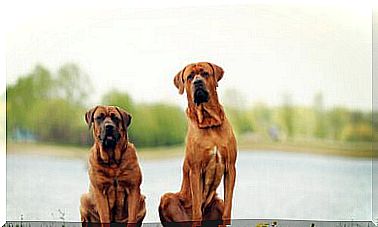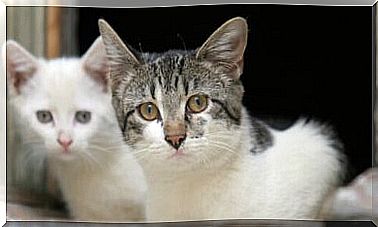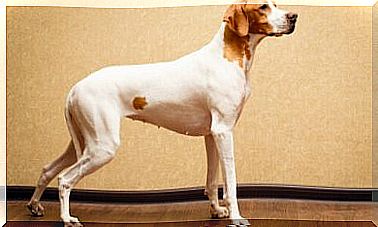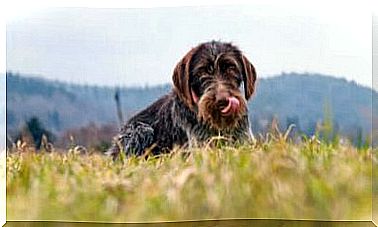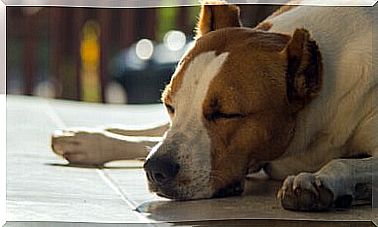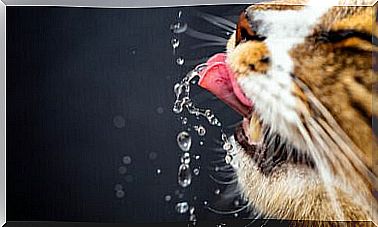The Oldest Dog Breeds In The World
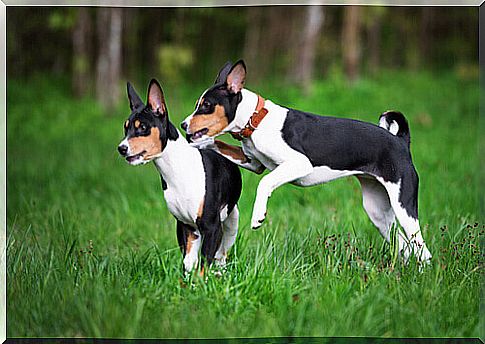
There are hundreds of dog breeds in the world. Many of these have accompanied us for thousands of years. In each continent we find examples that, during their life, have helped man to carry out various tasks. Some of these, such as the greyhound for example, were used for hunting. Others, like the Xoloitzcuintli,
they were an excellent dish for some Central American peoples. Regardless of the use that was made of them, over the centuries these animals were domesticated and became man’s best friends. In the following article we will show you which are the oldest rockets in the world. Let’s get to know them!
The greyhound
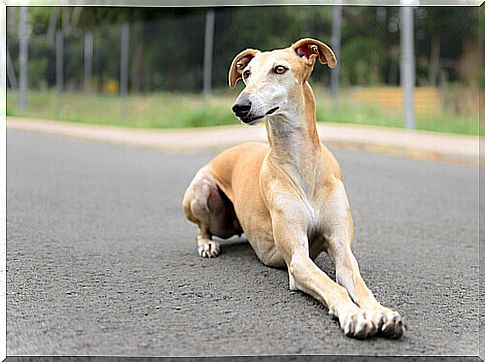
Greyhounds are one of the oldest breeds. Represented at the time of the Greeks, Egyptians and Romans, they were also very popular among the English nobility. They are well known for their running speed. In the 19th century they were bred for their ability to chase rabbits and then, in the 20th century, for running. Sensitive, independent and well-mannered, Greyhounds are generally very calm and good-natured animals.
Borzoi
Also known as the Russian greyhound, the borzoi was bred by the Russian aristocracy to hunt wolves in very cold climates. The first news of this breed dates back to 1600. They are dogs with a good character, which easily adapt to life at home.
Saluki
The origin of the Saluki race dates back to the beginnings of the Egyptian civilization; these dogs were used by desert nomads to hunt foxes, hares and gazelles. They are strong and resistant animals, able to hunt on deep sand and rocky lands. They are ideal playmates for children, very attached to their masters.
Xoloitzcuintli
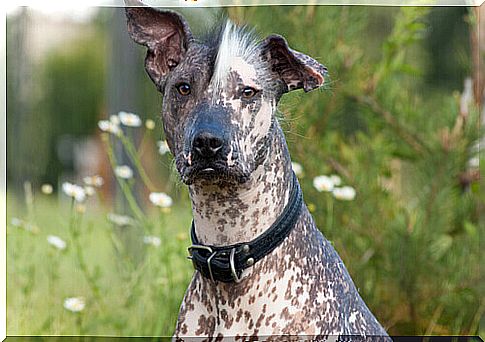
Also known as the “Mexican hairless dog”, it Xoloitzcuintli
or
xolo is a race that is estimated to be around 3,500 years old. It was highly prized during the Mexica or Aztec empire.
For a long time it was thought to have gone extinct. However, in the twentieth century, the breeding of these specimens began again. The xolo are a very quiet and intelligent breed, appreciated both for the company and for the guard, as they respond very well to training, always if constant. Although the breed is known for being “naked”, the xolo is born with a light coat of hair.
Carolina dog
Also known as the American dingo, the Carolina dog is believed to be a descendant of the breeds that were crossed on the Bering Strait more than 8,000 years ago. Due to its origins, a nomadic breed, these specimens are calm, reserved and sometimes a little shy with strangers. They stand out during training for their great agility and obedience.
The New Guinea singing dog
The New Guinea singing dog is one of the rarest breeds in the world. Its origin is closely related to wild dogs. Independent and elegant, this type of dog has a complex bark, which includes a variety of ringing, shouting and moaning. It is difficult to find it in the house and, in general, it is not the ideal dog for the whole family.
The dog of the pharaohs
The Pharaoh’s Dog or Pharaoh’s Hound is one of the oldest breeds. Some claim that its origins date back to more than 5,000 years ago. With characteristics similar to the dogs that were bred in ancient Egypt and Greece, it is a specimen of medium size, with a thin body, long and with a thin layer of hair, generally black or brown in color. It is an excellent hunter, bred especially in Malta, Greece and northern Africa for rabbit hunting.
Basenji
Commonly known as the Congo terrier or zande, the Basenji was bred by African tribes, as a guard and hunting dog. It is believed that the pharaohs of Ancient Egypt possessed the first Basenji. This breed is characterized by being extremely intelligent and independent. It was introduced in England in the 1930s and, after some time, became very popular in the United States. It is a generally quiet dog, although it does produce strange whimpers at times, reminiscent of a baby’s cry.

